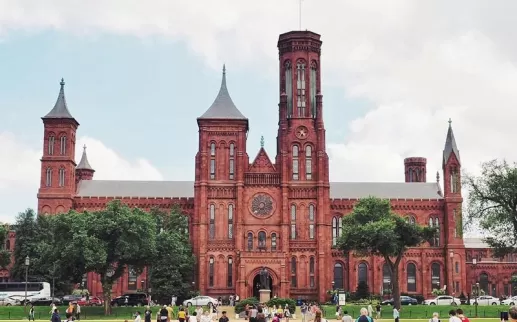The tumultuous beginning of the Trump administration marked a significant turning point for the U.S. Agency for International Development (U.S.A.I.D.), which found itself battling for survival within weeks of the new president's inauguration. On January 20, the very day Trump was sworn into office, he issued an order halting foreign aid, leaving U.S.A.I.D. staff in confusion about the directives that followed. This uncertainty prompted the agency to instruct aid organizations to stop their projects globally while restricting agency employees from engaging with those groups.
Amidst rising tensions, U.S.A.I.D. employees began to voice their dissent against what they perceived as unlawful orders, a stance that was interpreted by the Trump administration as insubordination. The situation escalated to the point where there were discussions about dismantling the agency entirely. Jason Gray, who was suddenly appointed as the acting administrator after a last-minute decision by Trump’s team, witnessed this turmoil firsthand. As he took charge, there was an air of apprehension rather than optimism.
Despite a brief attempt by Gray to instill hope with an optimistic memo promising innovation and partnerships, the subsequent two weeks saw U.S.A.I.D. on the brink of collapse. With the agency’s projects suspended and employees instructed to work from home, the trajectory seemed grim. Key figures within the administration supported the radical changes, with the incoming Secretary of State, Marco Rubio, initially perceived as an ally but soon overwhelmed by the chaos surrounding U.S.A.I.D.
As time passed, the focus shifted to the inner workings of the agency, where vital decisions were being made. The newly formed team, dubbed DOGE, was influenced by tech-savvy youngsters such as Luke Farritor and Jeremy Lewin, who brought a different perspective to U.S.A.I.D.'s operations. However, higher-level decisions, often dictated by personalities like Pete Marocco and interventions from Elon Musk, illustrated the growing disconnect between policy objectives and the agency’s traditional mission of providing aid.
In retrospect, the conflicting priorities of the Trump administration starkly illustrated the delicate balance U.S.A.I.D. had to navigate—a clash of political rhetoric versus humanitarian efforts. It was a chaotic chapter for an agency designed to foster international cooperation and assistance, raising questions about the long-term consequences of such drastic shifts within the U.S. foreign aid landscape.
Amidst rising tensions, U.S.A.I.D. employees began to voice their dissent against what they perceived as unlawful orders, a stance that was interpreted by the Trump administration as insubordination. The situation escalated to the point where there were discussions about dismantling the agency entirely. Jason Gray, who was suddenly appointed as the acting administrator after a last-minute decision by Trump’s team, witnessed this turmoil firsthand. As he took charge, there was an air of apprehension rather than optimism.
Despite a brief attempt by Gray to instill hope with an optimistic memo promising innovation and partnerships, the subsequent two weeks saw U.S.A.I.D. on the brink of collapse. With the agency’s projects suspended and employees instructed to work from home, the trajectory seemed grim. Key figures within the administration supported the radical changes, with the incoming Secretary of State, Marco Rubio, initially perceived as an ally but soon overwhelmed by the chaos surrounding U.S.A.I.D.
As time passed, the focus shifted to the inner workings of the agency, where vital decisions were being made. The newly formed team, dubbed DOGE, was influenced by tech-savvy youngsters such as Luke Farritor and Jeremy Lewin, who brought a different perspective to U.S.A.I.D.'s operations. However, higher-level decisions, often dictated by personalities like Pete Marocco and interventions from Elon Musk, illustrated the growing disconnect between policy objectives and the agency’s traditional mission of providing aid.
In retrospect, the conflicting priorities of the Trump administration starkly illustrated the delicate balance U.S.A.I.D. had to navigate—a clash of political rhetoric versus humanitarian efforts. It was a chaotic chapter for an agency designed to foster international cooperation and assistance, raising questions about the long-term consequences of such drastic shifts within the U.S. foreign aid landscape.



















